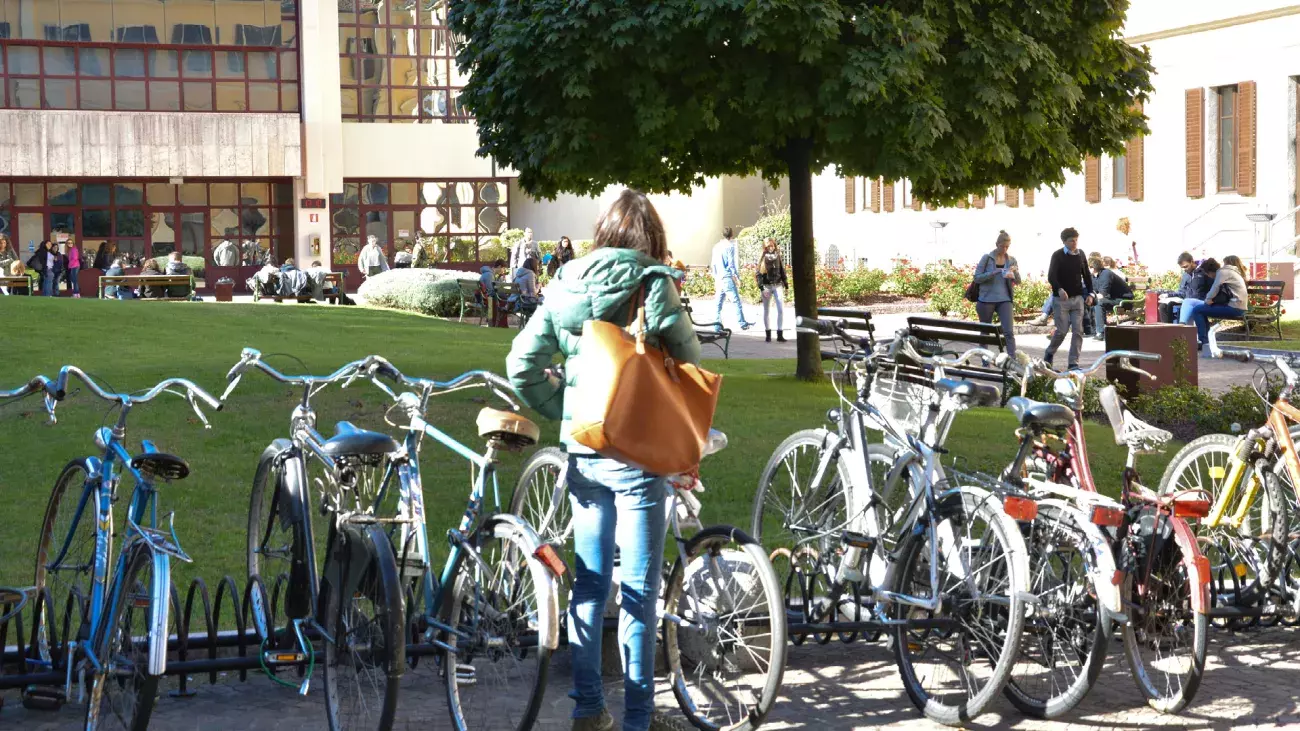A survey to find out about the mobility choices of the student community and employees of the University of Trento and on their propensity to change
The respondents
The questionnaire was answered by 1,314 students, that is 8% of the entire student population, and 687 employees, that is 34% of the university staff. Among students, most respondents were female (48%, against 45% of males).
Among employees (staff and language experts, and teaching and research staff), there were almost the same number of male and female respondents.
Most respondents were from the Povo-Mesiano area (40%) and in the Trento area (35%).
Findings
Place of departure: most respondents, among the staff and student communities, live in the city of Trento.
Average distance in km: 53.8% of employees and 49.32% of students travel less than 10 km to go to their place of work or study (one-way trip).
Commuting habits
Public transport is the main transportation mode for students (58.68%) to reach the University (in detail, 18.04% take the train, 32.34% city buses and 8.30% local public transport). The respondents motivate their answer by pointing to the affordability of public transport.
It seems therefore that the Libera circolazione pass continues to be a success, with almost 100% of enrolled students, on track with their programme, who purchased it.
Employees for the most part reach the University by private car (52.69%).
The propensity to change
Both students and employees of UniTrento (staff and language experts, and teaching and research staff) are interested in the use of alternative means of transport to private vehicles, and consider the possibility of using car-pooling and bicycles as alternatives (the latter provided that the routes are safe and there are protected stalls at work and study sites).
Using local public transport is also evaluated as a possibility, provided that the buses serving the areas near university buildings are made more frequent.
Initiatives for sustainable mobility
- Support actions for students and staff to encourage the use of local public transport, and discussion with the persons in charge and the local public transport company to increase the frequency of buses that serve the areas near university buildings.
- A study for the creation of a car-pooling platform.
- A better distribution of bike stands by location and construction of 2 cycle workshops.
